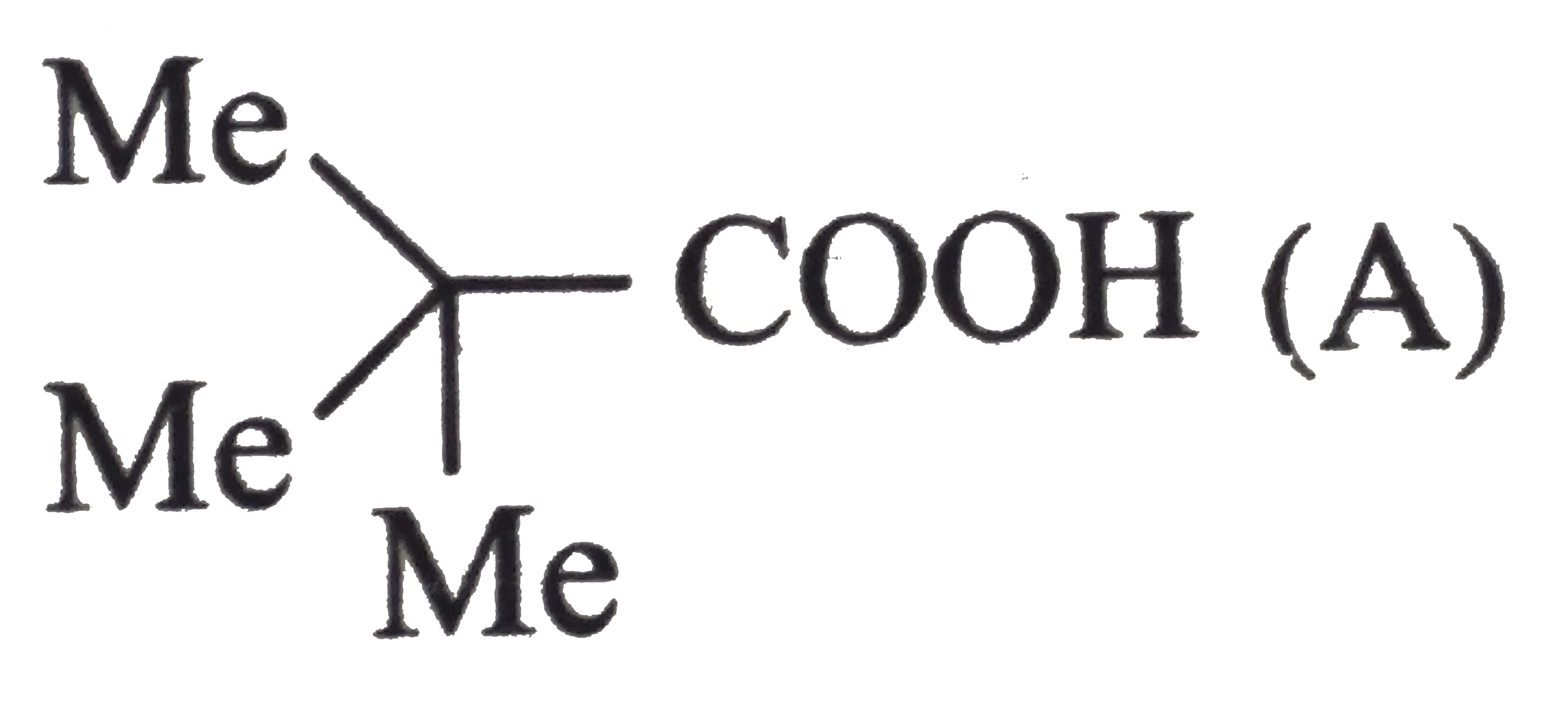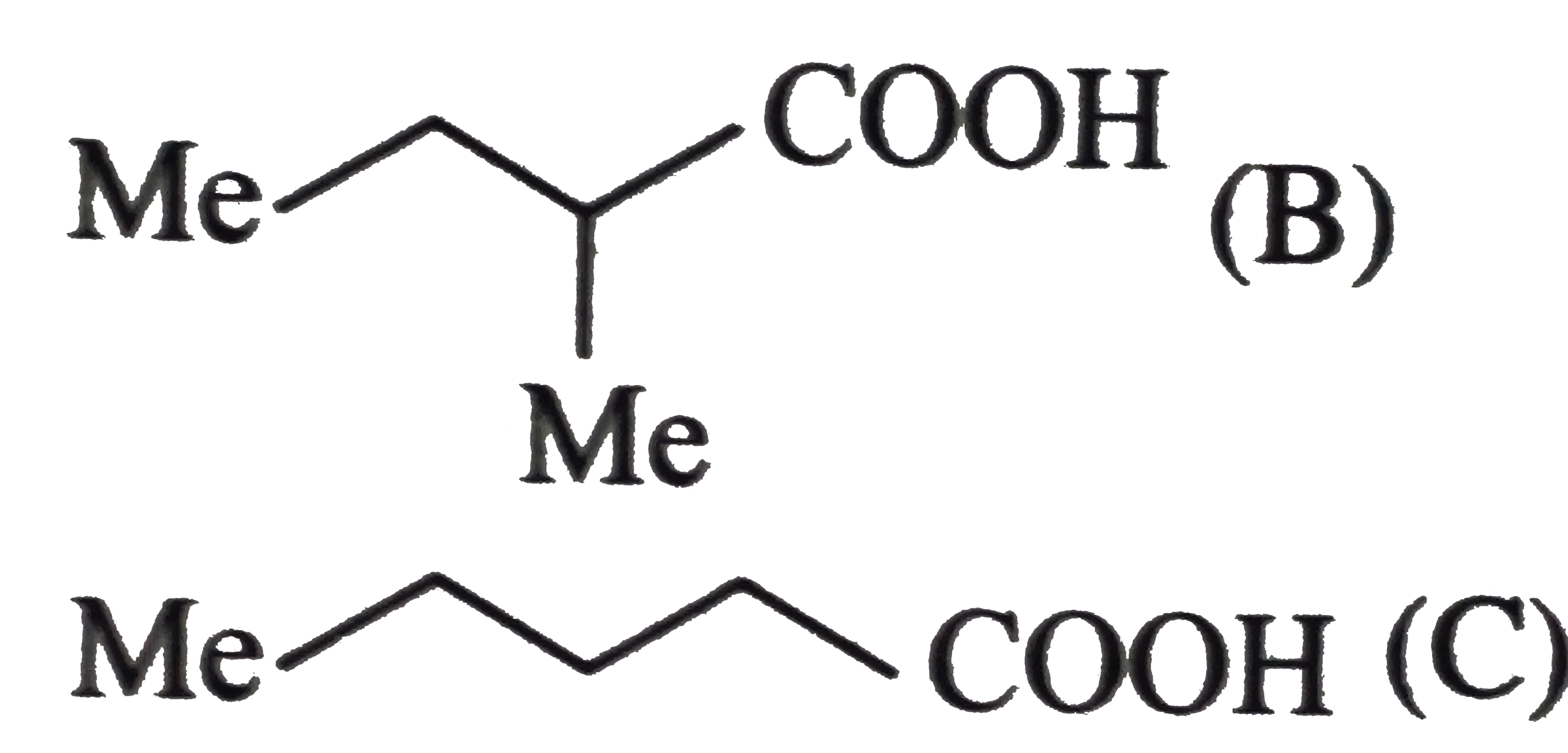Differentiate between the following:
Ureotelism and uricotelism
Step-by-Step Solution
1. Definition of Ureotelism:
- Ureotelism refers to the excretion of urea as the primary nitrogenous waste product. Organisms that exhibit ureotelism convert ammonia, which is toxic, into urea, a less toxic compound that can be safely excreted in urine.
2. Definition of Uricotelism:
- Uricotelism is the process where uric acid is the primary nitrogenous waste product excreted by the organism. This process allows organisms to conserve water, as uric acid is less soluble in water compared to urea.
3. Water Requirement:
- Ureotelism requires a larger amount of water for the excretion of urea. This is because urea is soluble in water and needs to be diluted to be safely excreted.
- In contrast, uricotelism requires very little water for the excretion of uric acid. Uric acid can be excreted in a semi-solid form, which minimizes water loss.
4. Examples of Organisms:
- Organisms that exhibit ureotelism include terrestrial animals such as humans and adult frogs. These organisms primarily excrete urea.
- Organisms that exhibit uricotelism include birds, reptiles, and insects. These organisms primarily excrete uric acid.
5. Summary of Differences:
- Waste Product: Ureotelism excretes urea; uricotelism excretes uric acid.
- Water Requirement: Ureotelism requires more water; uricotelism requires less water.
- Examples: Ureotelism is found in humans and frogs; uricotelism is found in birds, reptiles, and insects.
- Ureotelism refers to the excretion of urea as the primary nitrogenous waste product. Organisms that exhibit ureotelism convert ammonia, which is toxic, into urea, a less toxic compound that can be safely excreted in urine.
- Uricotelism is the process where uric acid is the primary nitrogenous waste product excreted by the organism. This process allows organisms to conserve water, as uric acid is less soluble in water compared to urea.
- Ureotelism requires a larger amount of water for the excretion of urea. This is because urea is soluble in water and needs to be diluted to be safely excreted.
- In contrast, uricotelism requires very little water for the excretion of uric acid. Uric acid can be excreted in a semi-solid form, which minimizes water loss.
- Organisms that exhibit ureotelism include terrestrial animals such as humans and adult frogs. These organisms primarily excrete urea.
- Organisms that exhibit uricotelism include birds, reptiles, and insects. These organisms primarily excrete uric acid.
- Waste Product: Ureotelism excretes urea; uricotelism excretes uric acid.
- Water Requirement: Ureotelism requires more water; uricotelism requires less water.
- Examples: Ureotelism is found in humans and frogs; uricotelism is found in birds, reptiles, and insects.
Topper's Solved these Questions
- EXCRETION IN PLANTS AND ANIMALSBOOK - CENGAGE BIOLOGYCHAPTER - EXCRETION IN PLANTS AND ANIMALSEXERCISE - CONSOLIDATED EXERCISE
8 Videos
- EXCRETION IN PLANTS AND ANIMALSBOOK - CENGAGE BIOLOGYCHAPTER - EXCRETION IN PLANTS AND ANIMALSEXERCISE - CONSOLIDATED EXERCISE (MCQ)
44 Videos
- EXCRETION IN PLANTS AND ANIMALSBOOK - CENGAGE BIOLOGYCHAPTER - EXCRETION IN PLANTS AND ANIMALSEXERCISE - CHALLENGING EXERCISE
3 Videos
- EVOLUTIONBOOK - CENGAGE BIOLOGYCHAPTER - EVOLUTIONEXERCISE - CHALLENGING EXERCISE
5 Videos
- MENDELIAN INHERITANCEBOOK - CENGAGE BIOLOGYCHAPTER - MENDELIAN INHERITANCEEXERCISE - CHALLENGING EXERCISE
12 Videos
Similar Questions
Differentiate between the following.
Prothalius and protonema
View SolutionDifferentiate between ammonotelism, ureotelism and uricotelism.
View SolutionDifferentiate between the following.
Flora and fauna
View SolutionDifferentiate between the following.
Gametophyte and sporophyte
View SolutionDifferentiate between the following
Tendons and ligaments.
View SolutionDifferentiate between the following acids :
(a)
(b)
View SolutionDifferentiate between the following:
(a) Micronutrients and macronutrients
View SolutionDifferentiate between the following.
Apogamy and apospory
View SolutionDifferentiate between the following :
Amylose and Amylopectin
View SolutionDifferentiate between stolon and sucker.
View Solution
